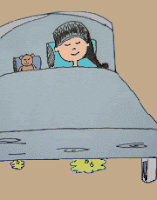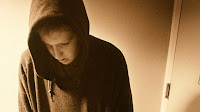Children on the Autism Spectrum and Bed-wetting

Nocturnal enuresis (bed-wetting) is one of many issues Aspergers (AS) and High-Functioning Autistic (HFA) kids face. In comparison, it is likely a less important problem, but a problem nonetheless. Many of these young people have trouble with nocturnal enuresis, because they have difficulty in toilet training. Why the difficulty in toilet training? A number of factors are involved: Kids on the autism spectrum are not good at imitation, which makes the process of potty training more difficult. Some do not even feel the wetness of the bed, which can complicate the training methods to help them overcome nighttime bed-wetting. Many of these children are also hypotonic, which is a condition that includes a lax form of muscle control as well as a failure to respond or recognize stimuli (e.g., the need to urinate). By age 5, nocturnal enuresis remains a problem for about 15 percent of AS and HFA kids. Causes— No one knows for sure what causes nocturnal enuresis, but v
